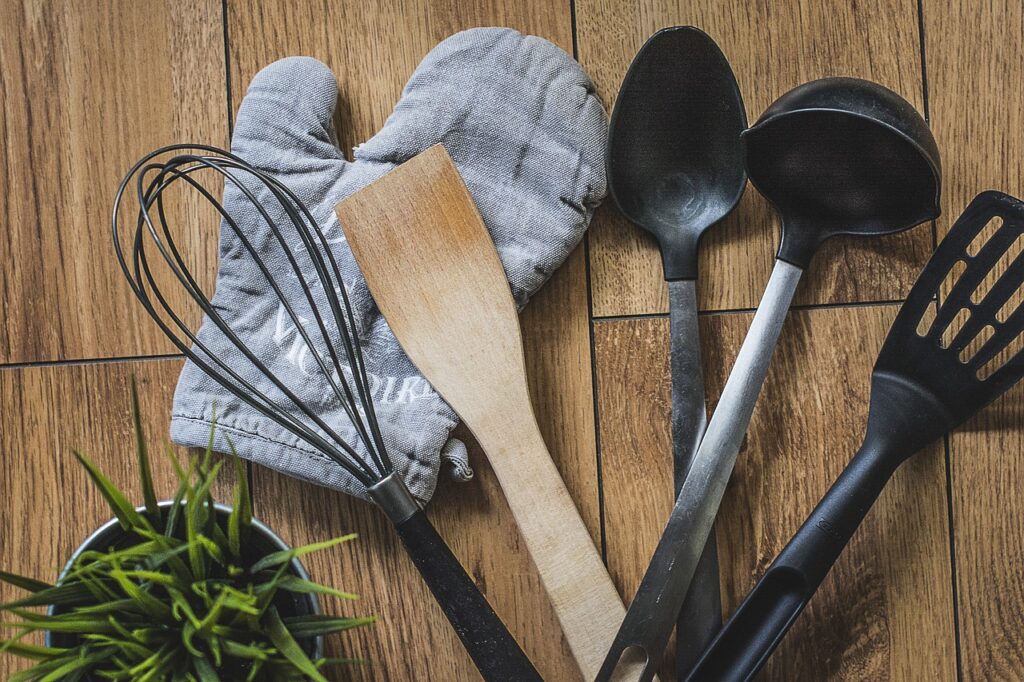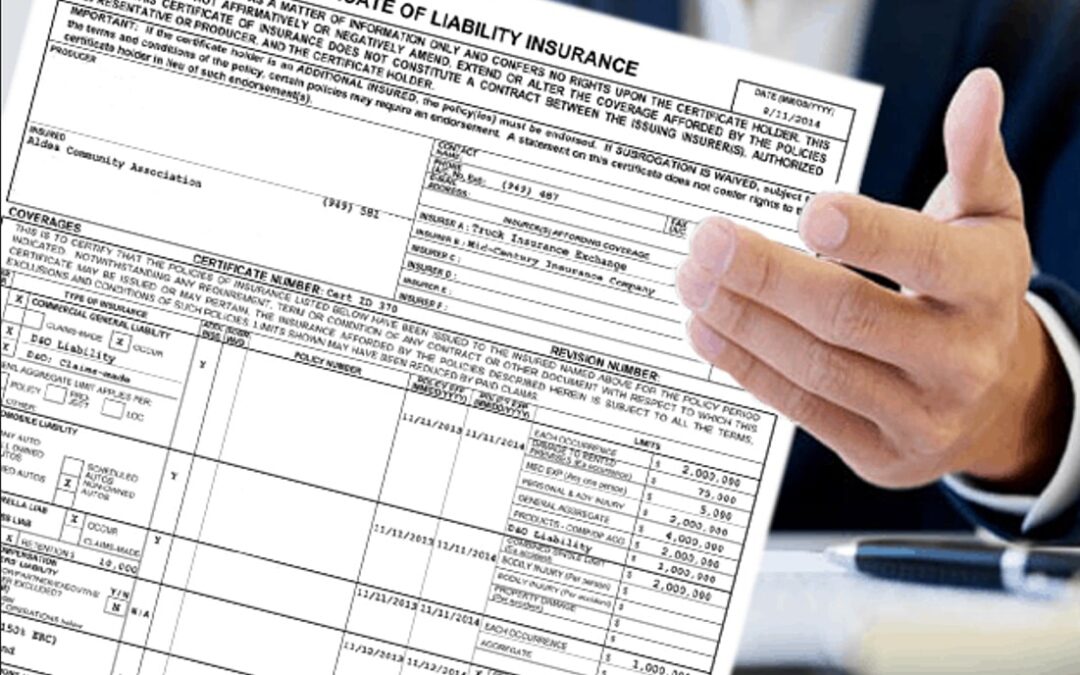Maybe you need to relocate for a job or perhaps you’ve finally decided to take the plunge and move from the suburbs to New York City. Whatever your reason, chances are you’re probably leaving behind a spacious house for a much smaller apartment. Consider this: the average apartment size in New York City is 866 square feet though over half of the apartments available are under 700 square feet.
Is that kind of downsizing daunting? Absolutely. Luckily, there are steps you can take to make it a bit easier.

Calculate the Space of your New Home
As mentioned above, the average size of a NYC apartment is 866 square feet, but many studios and one bedrooms are significantly smaller. Knowing the total size isn’t enough though, make sure you the brokers send over a blueprint of the apartment so you know the exact dimensions of each room. This will give you a good idea on how much you can fit inside.
More importantly, a blueprint will also give you information on the door height and width, which will lead to further culling, especially of large items. After all, if you know something won’t be able to fit through the door, you know you won’t be able to hold onto it.

Get Rid of Unnecessary Paper
Parting with your belongings is often easier said than done. When getting started, the easiest thing to do is to start with all of the paper in your apartment. You likely have a stack of bills piling up somewhere in your home. These are the easiest to get rid of. Just make sure to shred anything that might have sensitive information such as your bank and credit card statements.
For magazines and newspapers, instead of recycling them, you can probably donate the magazines to your local library or to goodwill instead of throwing them out. The same can be said for any books that you have that you haven’t read in years. While it’s tempting to hoard reading materials, if you haven’t looked at them in over 6 months, chances are that probably won’t change when you move to a new place. Plus, now that we live in the digital era, you can probably find

Declutter Your Closet
Chances are that your closet has grown through the year, but when was the last time you actually culled old items from your wardrobe. A study suggests that most people don’t wear more than 50 percent of their closet. If you fall into this category, then that makes your next task much easier – decluttering your closet!
Like many personal belongings, clothes can have sentimental value for a lot of people. If you fall into this category, the best thing to do is to first get rid of any clothes that have any rips or tears and then move onto clothes that no longer fit properly. From there, it gets a bit harder as you’ll have to look at your clothes with a critical eye and decide which articles to keep based on your job and personal style. For example, you might work in a casual environment, so you probably don’t need five or six different business outfits. You might want to keep one in case you do need to attend a business event or go on an interview. Similarly, you should probably only keep one formal outfit for special occasions. That way when something does come up, you’ll have something available.
When getting rid of your clothes, donate the gently worn items to your local charitable thrift shop. For clothes that are in poor condition, you can often donate to a textile recycler where they will then repurpose them for other uses such as home insulation, pillow stuffing and even ‘new’ fabric.
Get Rid of Big Appliances
Chances are if you’re moving into an apartment, it will come pre-furbished with at a fridge and oven. Some higher end apartments will even come with a dishwasher, microwave and even washer/dryer.
With that said, the majority of apartments will only provide a fridge and oven. If you’re tempted to bring your washer/dryer and dishwasher – don’t! Many apartment buildings do not allow these items in their complex. If you get caught with one in your apartment, they would have grounds to evict you.
It might be sad, especially if you just bought yourself a shiny, new appliance, but ultimately you’ll have to leave them behind. You could either include them in the sale of your home (thus increasing the overall value of your home) or, if the new homeowners plan on bringing their own appliances, you can sell it on sites like Craigslist or even your local Facebook Marketplace.

Keep Your Small Kitchen Items
They might be a pain to pack, but there’s no reason to get rid of your kitchen items unless they’re useless. Small items can add up, especially if you need to buy all new knives, pots, pans and cutting boards. You’ll want to also keep your old plates, bowls and silverware as well. Of course, if you don’t have much cupboard room in your new place, it might be a good idea to reduce a bit. If you live alone, do you really need 10 cups? How often do you actually use that giant pot? Stick to the absolute essentials and donate the rest to goodwill.
Don’t Throw Out Everything!
There are some things in the world that you won’t be able to replace. Maybe that’s a photo album with actual film photos or maybe some family heirlooms. Keep these items in mind when packing as you don’t want to be forced to throw them away. These are a part of your life and family so treat them with care. It might be nerve-wracking to get rid of a lot of your belongings, but by the time you’re done, you’ll have pared everything down to the most important items for your life. Not only will you have less items for your pro nyc movers to shuttle to your new home, you’ll also have an easier time packing and unpacking, leading to less stress during the move.






